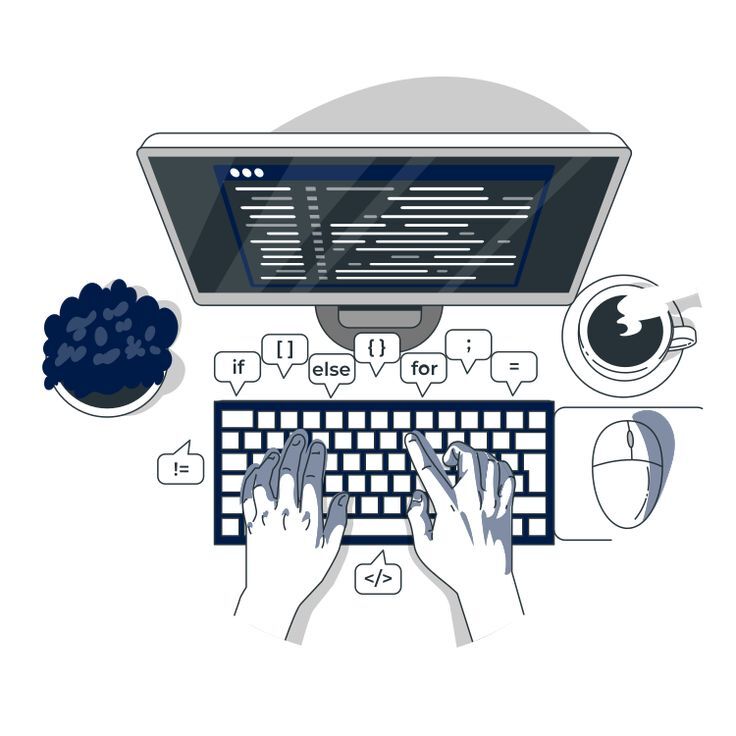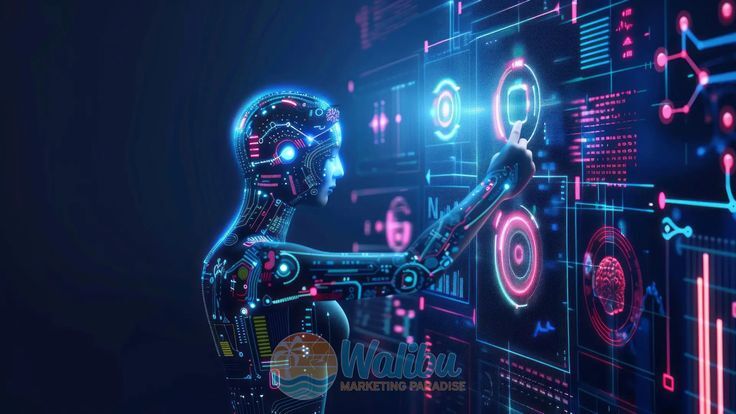What about the future of web development?

Major milestones and innovations in web development since 2000
Evolution
In the year 2000, website development was characterised by user-generated content and interactive features such as social media platforms. JavaScript frameworks were created earlier this year. They included jQuery and AngularJS, which made it easy to develop complex web applications. In the future, intelligent web applications that can be safely scaled using technologies such as AI, PWAs and Webassembly are trending.
Current state of web development
Today’s web development industry is shaped by several popular technologies and strategies.
JavaScript Framework: Angular, Vue.js, Node.js, React are the most commonly used JavaScript frameworks today and using these frameworks single page applications, component based development, state management, routing, performance optimization, cross platform development, Data binding is performed.
Cloud computing: Platforms such as Google Cloud Platform and Amazon Services (AWS) are used to host applications with low cost and easy-to-scale infrastructure.
Front-end technologies: Using JavaScript libraries, HTML5, CSS3 along with developers imagination produces websites with user friendly interactive web interfaces.
Single Page Applications (SPAs): Creating a single HTML page first, then updating it dynamically via JavaScript gives users a fluid experience.
The Future of web development
Believing that future website development technology will be able to provide an interactive and engaging experience for both the user and the developer.

Future Top trends:
Frameworks and libraries
Evolution of existing frameworks: Popular frameworks currently used like React, Angular, and Vue.js can be further evolved with advanced features, better performance, and improved developer tools.
Rise of component-based architecture: This emphasises building reusable components that can be easily integrated across different application environments that can be customised. This allows them to make minor changes and use it as they wish.
Emphasis on Developer Experience (DX): Developers will expect capabilities such as intuitive APIs, streamlined workflows, and robust debugging tools from future frameworks.
AI chatbots
It is believed that AI technology is poised to revolutionise the future of web development. The technology hopes to use individual user preferences and behaviours to tailor personalised content and recommendations to each individual. This enables all users to have a unique interaction experience. Smart chatbots are capable of answering users’ problems and queries with technology, automating repetitive tasks and providing 24/7 customer support using a combination of machine learning algorithms, natural language processing capabilities and other AI techniques. The ability to produce text, images as well as videos is expected to be easy and simple while processing content using AI,
Future Predictions of Web Development:

JAMstack and Serverless architecture:
Even now JAMstack (JavaScript, APIs, Markup) is gaining popularity. These deliver pre-rendered static sites and dynamic data and functionality content using APIs. This allows the architecture to handle high traffic without server throttling and static content is enjoyed instantly. It should be noted that static sites are more secure than traditional server applications. And if a serverless infrastructure is used there will be no need for ongoing maintenance of the client.
Democratizing Web Development:
By introducing low-code/no-code platforms and user-friendly tools, web development is accessible to newbies and people without extensive knowledge of web development. This makes it difficult to distinguish between citizen developers and formally trained developers, as it enables people with no coding background to create straightforward websites and applications without issue. However, advanced features and high-performance applications still require the assistance of experts in the field.
Ethical Considerations and User Privacy:
In an age where AI and ML technology is involved in web development, developers should be careful to prioritize data privacy ethics by using this technology only for the right purpose. Developers will need to create algorithms that ensure fairness, discrimination and openness in the judging process. User data privacy laws will often become stricter, so developers will need to provide secure data storage and user control over their information priority.
Staying ahead in this industry with ever-advancing technology requires upskilling and
continuing education as developers and designers.
Anyone can easily understand the positive side of something but miss the essential part of the topic. In some cases it is more effective to focus on the unfavourable part than the rainy part. This disadvantageous part may pose threats to man in some cases. The biggest disadvantages in this future web development field are security issues, performance and capability issues, expensive, high capacity devices, Ethical and Privacy issues, and Uncertain Standards.
Everyone in the world is looking forward to working with this future technology and looking at these technologies as a whole, it can be thought that the work of future web developers will be made easier. A topic that has been hotly debated recently is the loss of a large number of jobs for computer application developers and other computer-related jobs due to the combination of AI and ML technology. When predicting this technology to come in the future, that doubt increases even more, and with the ability to do the majority of jobs with AI application, the world is going to be engulfed by AI. That’s another interesting topic!

